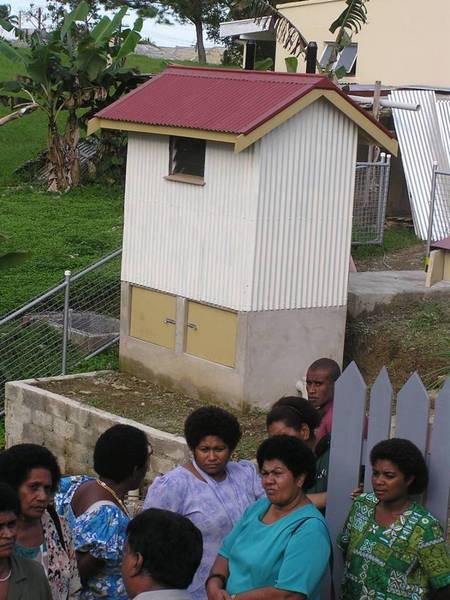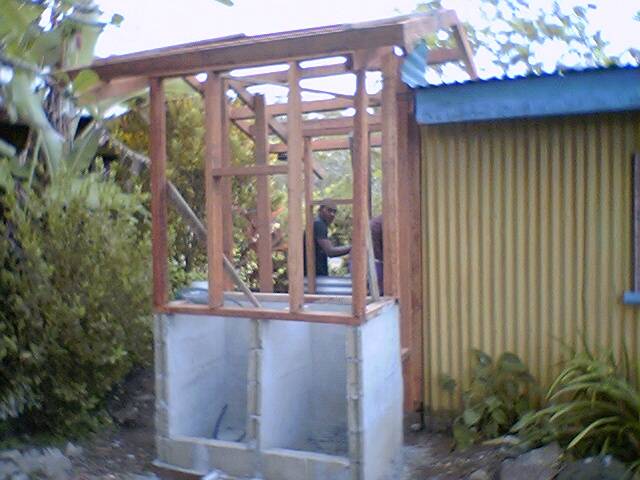Related News

The Institute of Applied Sciences (IAS) at the University of the South Pacific (USP) was invited to take part at the WORLD WATER DAY 2008 which was organised by SOPAC. The year’s theme was “SANITATION FOR HEALTHY PACIFIC COMMUNITIES”.
The Institute continues to work with SOPAC in assessing the proficiency of water testing at laboratories of countries that are included in the Pacific Water Quality Monitoring Capacity Building Programme and the WHO in response to the Pacific Regional Plan on Sustainable Water Management and the Pacific Framework for Action on Drinking Water Quality and Health.
Participants from regional countries, Niue, Cook Islands, Vanuatu, Marshall Islands and Tonga have been trained on water analysis, good laboratory management towards the accreditation processes and documentation of best practices in water quality management.
Recently, it has implemented several projects to improve sanitation to minimize liquid waste impacts on coral reefs.

The HYDROGEN SULPHIDE TEST KIT project (H2S Kit) was of great interest because it can be easily adapted, less expensive, readily produced and a user friendly kit for conducting qualitative microbiological screening of drinking water, especially in rural areas where other forms of monitoring are not available.
The H2S strip test is a subjective test that will indicate presence or absence of coliforms in water. Presence of coliforms will result in the water turning darker or black in colour. IAS is involved in producing standard operating procedures for production of H2S Kit, conduct training in preparation and use of the H2S Kit, conduct evaluation on the Kit to meet needs of the region and investigate ways to reduce production cost of H2S Kits.
The composting toilet project is ideal for the Pacific community because it is affordable, easy to maintain, and helps protect the environment and people’s health. The toilet uses composting to transform human waste into a valuable fertilizer, while preventing the harmful pollution that pit toilets, water-seal toilets, and flush toilets often cause. This toilet does not require any water and does not produce the foul odour that is often associated with a pit or water-seal latrine.
Plant material is added which along with air, helps the waste produce clean manure. Two types have been used in communities. Pictured below is part of the compost toilet facility, underneath which is the plastic bin that collects waste. The bin is replaced when full (the design allows liquid to be drained off the container into the soil).
Alternatively, there can be two adjacent toilets. The waste drops to cement enclosures. When one is full it is left to compost and the second toilet is used.